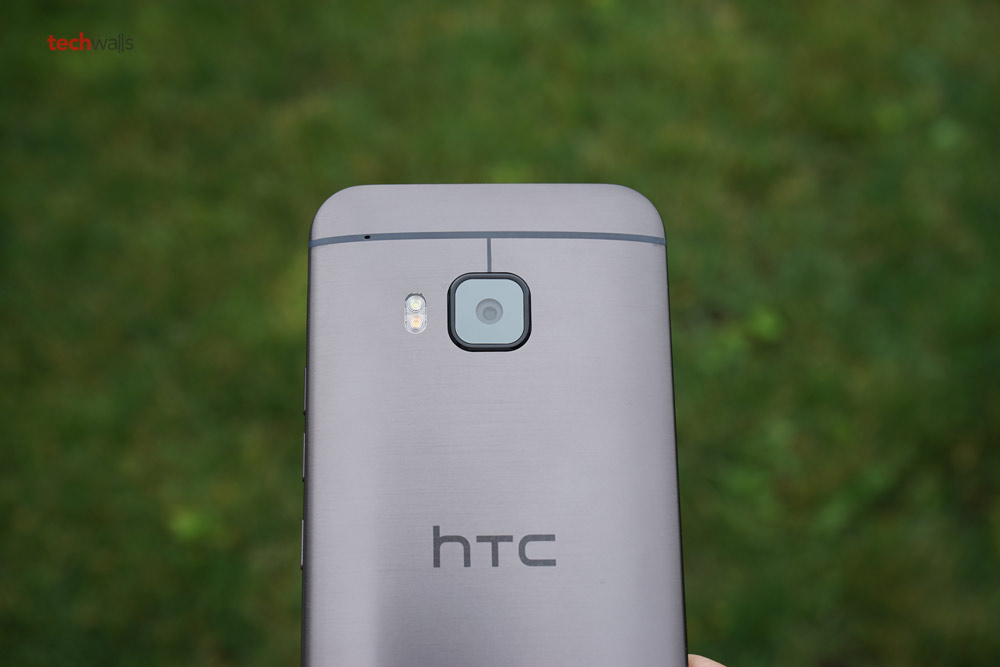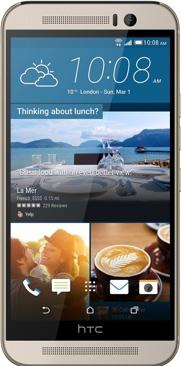
Not only will the camera shoot in the DNG format (as well as JPEG at the same time), but you'll also be able to control white balance, exposure compensation, ISO, shutter speed and manually focus. In Raw Camera mode you'll have the most control afforded. There's Photo Booth - which captures four photos in a grid, Split Capture - which captures using both the front camera and the rear camera at the same time (allowing you to capture a reaction to an event unfolding in front of you for instance), and Bokeh, which captures images with a shallower depth of field effect, presumably by adding some post capture background blur. You can also add three different further modes to this screen to shoot with, if you wish. There are four different camera “modes” you can choose from Selfie (to give you access to the front camera), Camera, which is the standard camera mode, Panorama, and Raw Camera. The HTC One (M9)'s native camera app gives you plenty of control, unlike say, the iPhone 6S. When the screen is locked you can double tap it to access the lock screen, from which you can swipe up to start the camera, You can take as many pictures as you like, and change settings, but if you want to look at the photos you've taken, you'll be prompted to unlock the phone.
#New t mobile htc one m9 review android#
If you've used an Android phone before you should be familiar with the layout, but even if you haven't, it doesn't take too long to get to grips with basic operation - especially from a camera standpoint. The rest of the operation of the camera and the phone is done via the touchscreen. Overall, you may find it generally easier to use the touchscreen button.

On the positive side, as the camera lens is in the middle of the camera, you're unlikely to accidentally cover it with your fingers. These buttons are placed in the middle of the side of the HTC One (M9), and it's slightly awkward to hold the phone as you might do an ordinary compact camera and try to press the shutter release button. There is of course the on/off switch, but there are also two buttons which can be used for setting the volume, or if you prefer, and of importance to this review, to release the camera's shutter. Ease of UseĪs is pretty common for most smartphones these days, the number of physical buttons on the HTC One (M9) is relatively limited.

In this review we'll be looking at the performance of the on-board cameras, as well as the usability of the native camera app. Another interesting feature is the ability to record 4K video. The processor is a Qualcomm Snapdragon 810, while there's also 3GB of RAM - that should make it fast to use, and is also good news for battery life. That's particularly useful if you want to shoot in raw format - the HTC One (M9) is capable of shooting in the universal DNG raw format.

This second camera is what was found on the back of the HTC One M8, so it's interesting to see how important companies are now considering the front facing camera.Ī slot for a MicroSD card which gives you the opportunity to expand the internal 32GB memory capacity. There's also an HTC UltraPixel 2.1 million pixel front-facing camera which has been designed to capture the most light when shooting selfies in low light conditions. The HTC One (M9) was announced in 2015 and features a main camera which has a 20.2 million pixel sensor, accompanied by a 27.8mm f/2.2 lens.


 0 kommentar(er)
0 kommentar(er)
